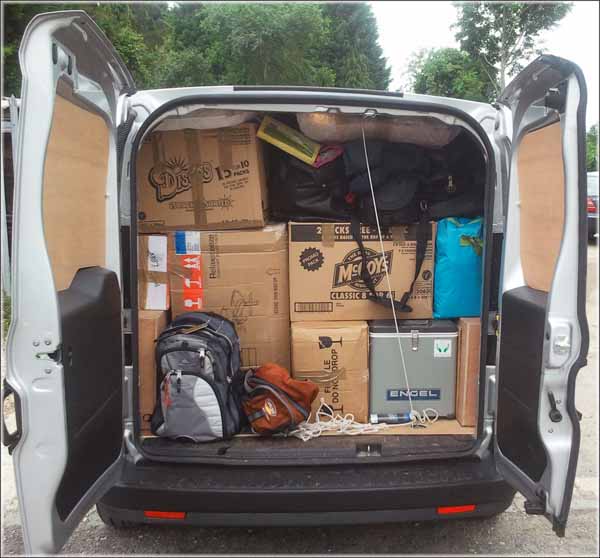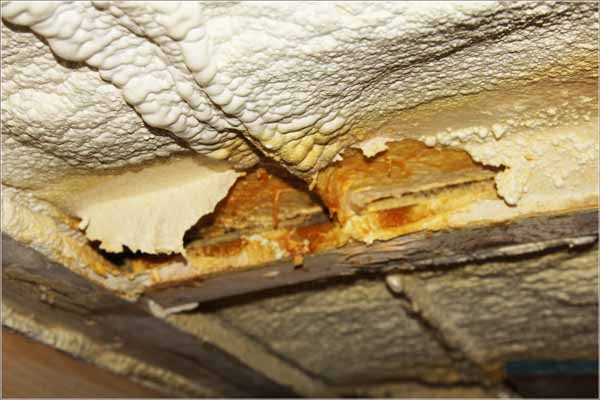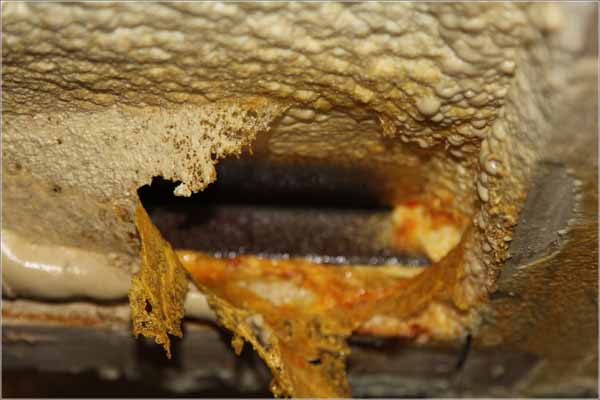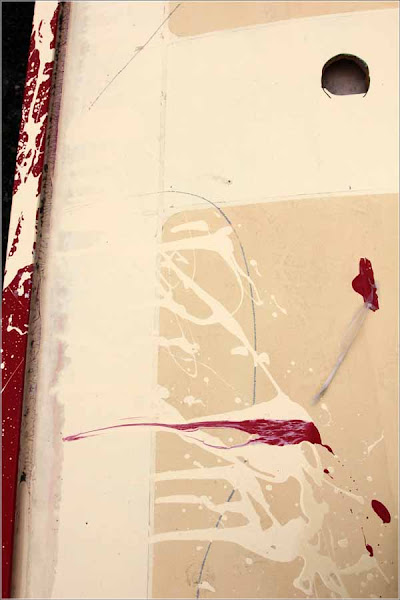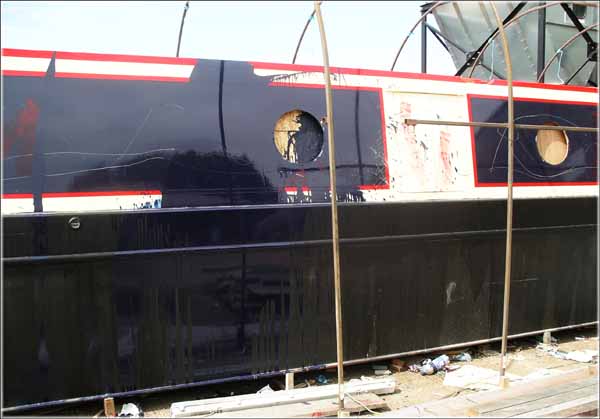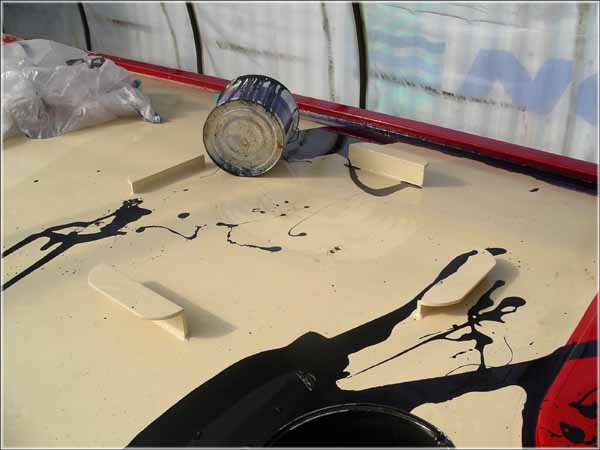The Victims
Our readers might think we are the only victims of Ben Harp Narrowboat Builders Ltd. Sadly this isn’t correct!
Since we started blogging about our experience a number of others have contacted us and described their own unfortunate experience. To date we have been made aware of six other victims. I will not name them but will use their initials and describe their experience.
Victim 1. D&K. If you have been reading our earlier posts you will know how D&K have been affected. I won’t repeat the details because you can read them on their own blog here…… <nb Trudy-Ann>.
Victim 2. A&C. They purchased the boat ahead of our own. The delivery date was late 2010 and they made their “penultimate” payment to the Harp’s in September 2010 (a month prior to our own first stage payment). However the build dragged on ever more slowly until they finally took delivery in late May 2011. Progress visits became increasing more difficult to arrange. On at least one confirmed visit they received a text message whilst in transit stating the appointment had been cancelled. A similar experience to our own surveyor! Their boat broke down twice attempting to depart the marina after delivery. One of these involved the drive shaft parting from the gearbox. On their second morning aboard, the engine wouldn’t start. The electrics had been incorrectly wired and the batteries hadn’t been charging. The system needed to be completely rewired the day after delivery.
The calorifier had to be replaced as it leaked, probably because it hadn’t been plumbed in correctly and was also missing an accumulator. The plumbing and wiring looks like a “birds nest”. Additionally, the water pump had to be replaced and a cut off valve needs to be installed for the calorifier. The bilge pump didn’t work! Because the calorifier had been leaking there was water in the bilge midway in the boat causing the oak floor boards to cup and curl. There is no battery for the bow thruster. The inverter, which had been present on the previous visit, was missing when they took delivery!
A number of the windows leak due to poor fitting. It is actually possible to see daylight through one of the gaskets where it had been damaged during installation
There is almost no varnish on the timber and little indication sandpaper has been used. Drawers and cupboard doors don’t fit.
The chimney plate on the roof was loose and letting in water. The diesel tank weld by Ben Harp leaked diesel into the boat. Plumbing has been so poorly installed that all the waste connections have leaked.
The batteries were installed under the wardrobe and vent directly into it. Battery acid vapour and clothes do not mix. Their £250 bathroom tap they purchased and supplied to Ben Harp is missing!
The tiller swan neck was not not drilled and no tiller extension supplied.
They have a similar problem to Trudy Ann with a flange plate for the bathroom hand basin being too close to the waterline – this will have to be moved when the boat comes out of the water.
The boat failed it’s BSS the first time they attempted to take delivery. But Ben Harp still wanted the £1000 final delivery payment.
Victim 3. R&J. I believe they consider themselves fortunate. Whilst living overseas they booked a slot with Ben Harp Narrowboat Builders Ltd and paid the booking fee after ourselves. Lack of communication from Ben and Kelly Harp led them to cancel their booking before they signed a contract and they request a refund. The Harp’s refused to refund their booking fee. From the Ben Harp Website – ….to secure your build slot a deposit of £1000 has to be placed with us. This is refundable until the contract has been signed and final quote agreed.
Of interest to us was the delivery date given by the Harp’s. Their delivery date was to be March 2011. Only one month after our own contract delivery date of February. Yet at that time the Harp’s we still a long way from finishing the boat ahead of us.
Victim 4. DN. They booked after victim 3 and Ben Harp Narrowboat Builders Ltd placed an order with a shell builder for the construction of their boat shell. When the shell was completed Ben & Kelly Harp had DN pay the full price for the shell so they (Ben & Kelly) could pay the shell builder. Well they didn’t pay the shell builder. Neither did they reimburse DN. DN have been defrauded of tens of thousands of pounds by a limited liability company with negligible assets.
Victim 5. WT. They are the shell builders who accepted the order from Ben Harp Narrowboat Builders Ltd to build the shell for DN. They haven’t been paid for the shell and have been left with a bespoke boat they will find difficult to sell due to its unique features.
Victim 6. NT. This is the steel fabricator who was duped into modifying our boat. Ben Harp didn’t tell them we owned the boat and that it was protected by a High Court order. Not only did they modify our boat but also manufactured doors and hatches at Ben Harp’s request. Of course they haven’t been paid either! Ben even told them there might be additional business from him as he was looking for a new shell builder. Perhaps this isn’t surprising given he had “burned his bridges” with Victim 5.
next – the Lessons



